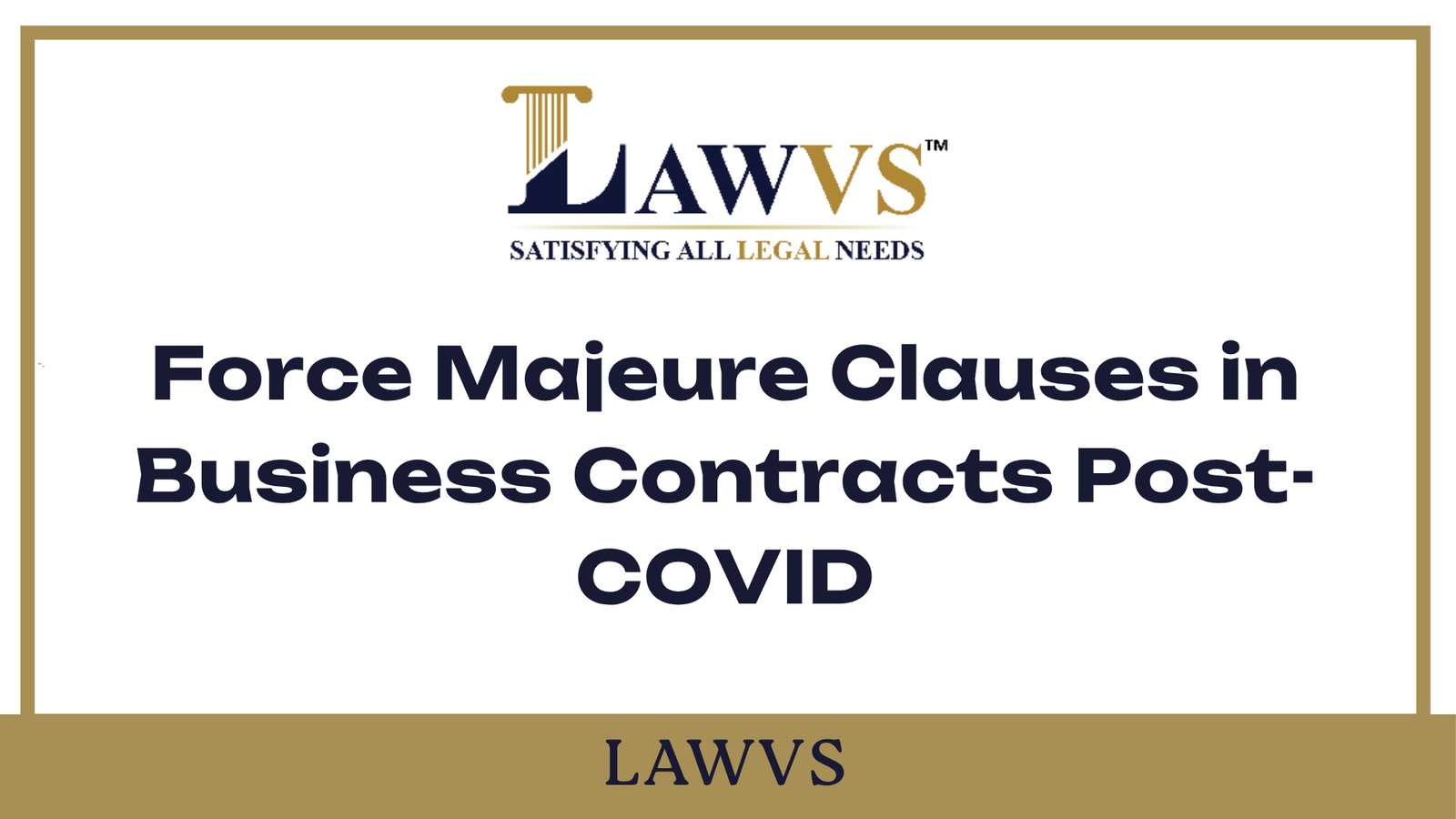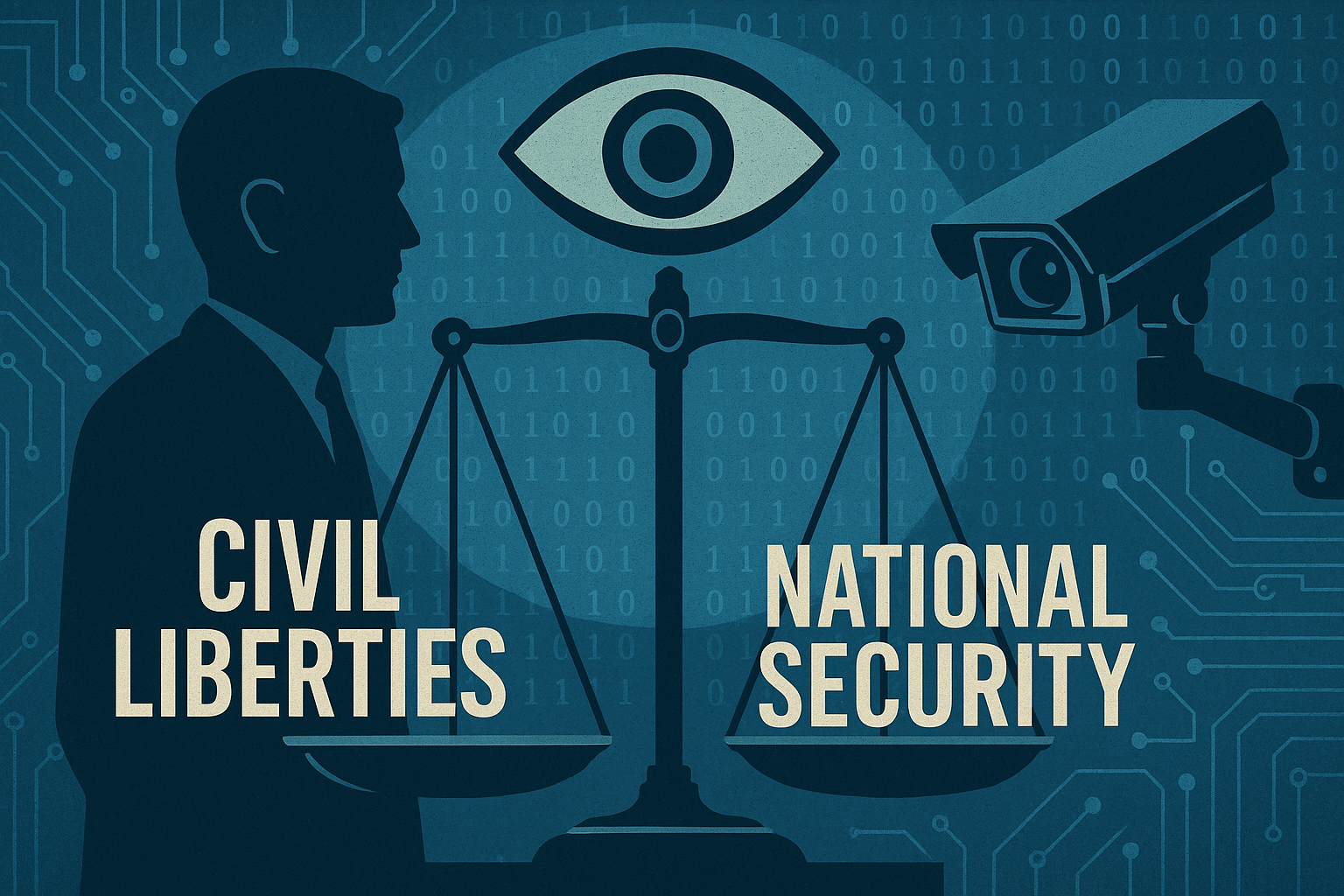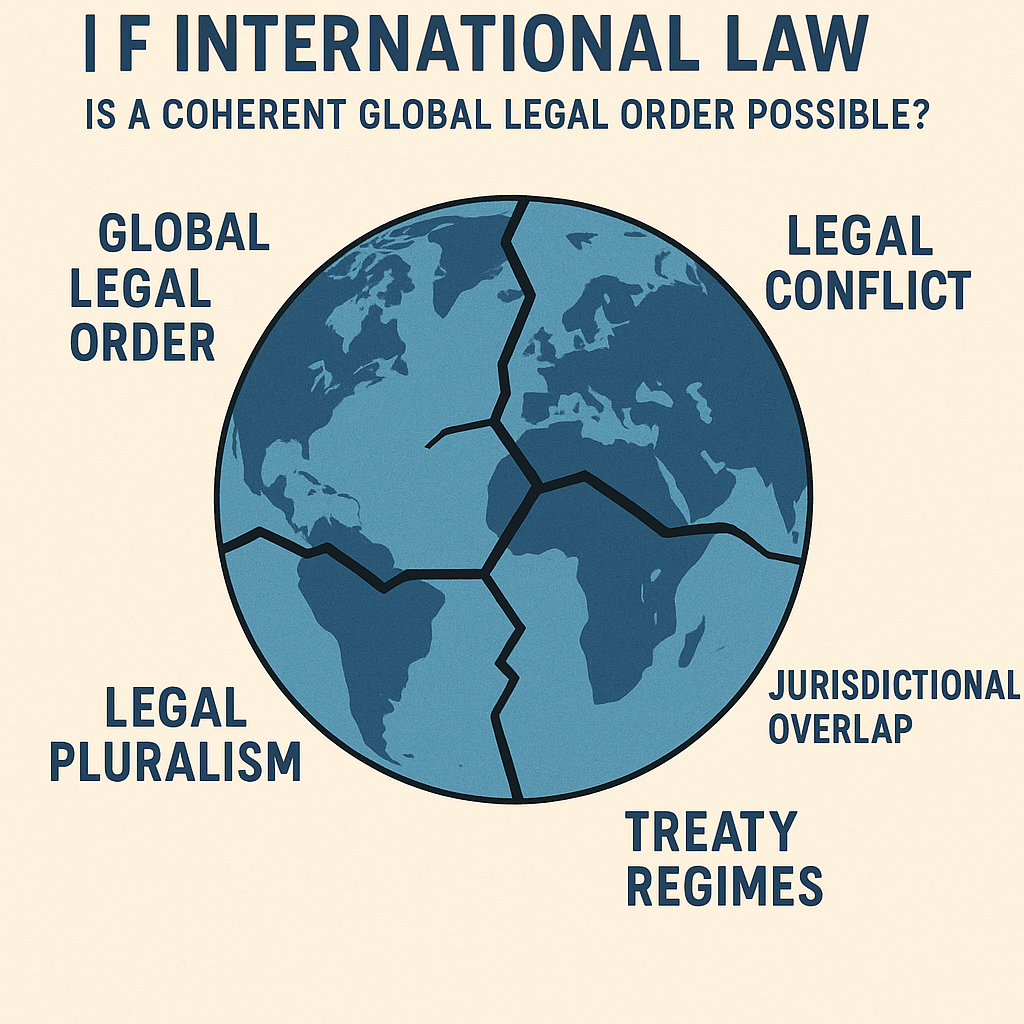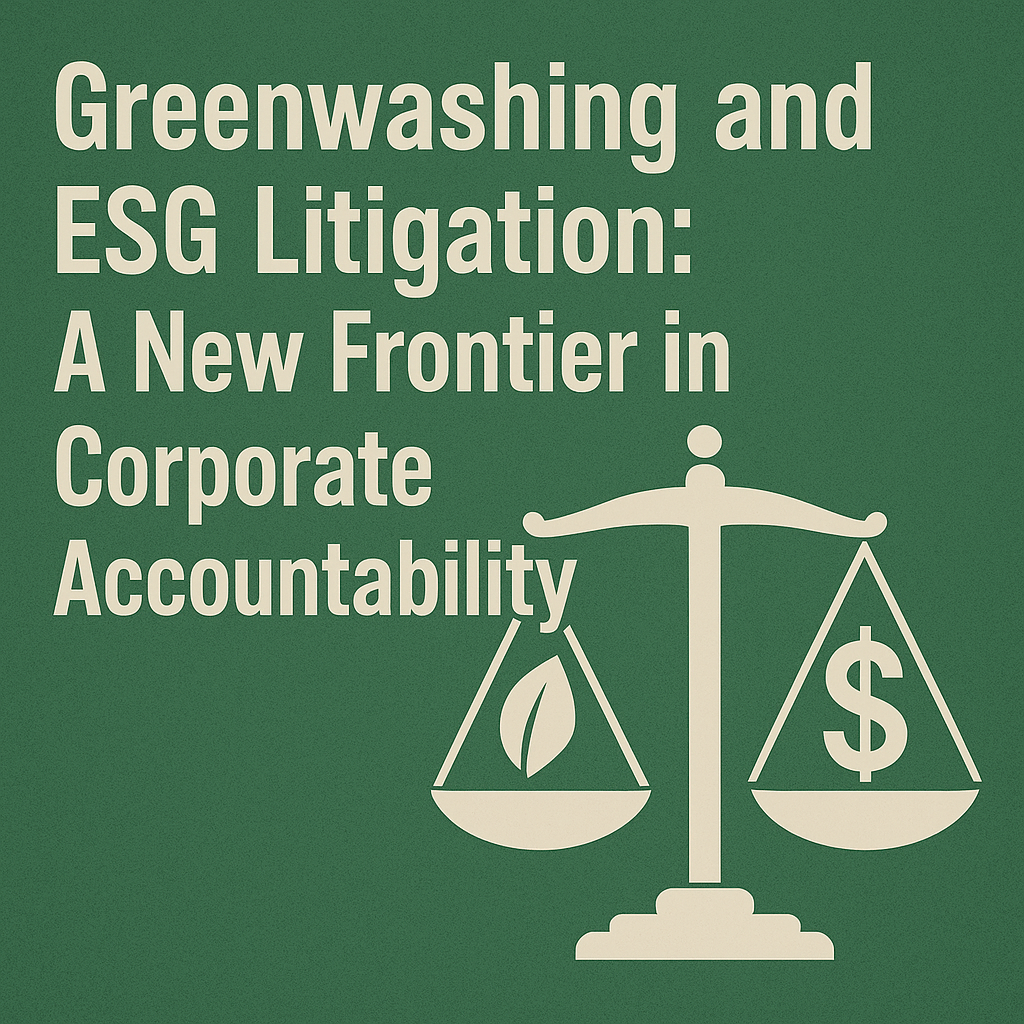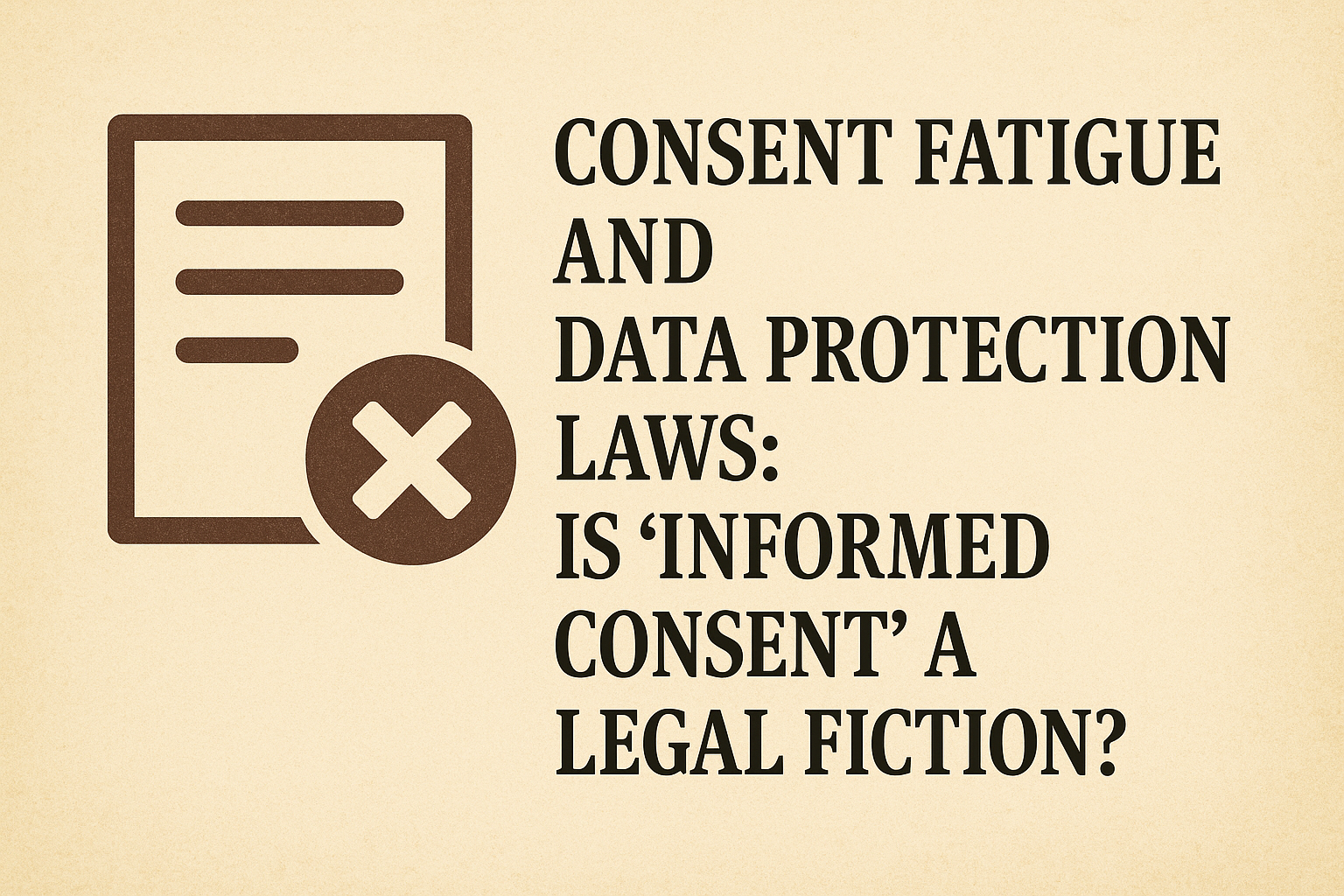Force Majeure Clauses in Business Contracts Post-COVID: A Comprehensive Overview
The COVID-19 pandemic significantly altered the commercial and legal landscape, bringing the once-overlooked force majeure clause into sharp focus. This contractual provision, traditionally treated as standard boilerplate, became a central point of discussion and litigation as businesses across the world struggled to meet obligations disrupted by widespread lockdowns, supply chain failures, and government-imposed restrictions. In the post-COVID world, force majeure clauses are no longer peripheral; they are now recognized as essential elements in the careful drafting of business agreements.
A force majeure clause allows parties to a contract to be excused from performing their obligations if certain extraordinary events occur beyond their control. Historically, these events have included natural disasters such as earthquakes or floods, political events like wars and terrorism, and sometimes, changes in government policy. However, prior to the pandemic, many contracts did not explicitly mention pandemics or public health emergencies, which led to uncertainty when businesses began invoking force majeure due to COVID-19 disruptions.
The pandemic triggered a wave of disputes where courts had to determine whether COVID-19 and its consequences fell within the scope of existing force majeure clauses. Courts generally assessed whether the event was unforeseeable at the time the contract was signed, whether the clause specifically mentioned pandemics or related terms, and whether performance had become impossible, not just more expensive or inconvenient. These cases demonstrated that vague or general force majeure clauses offered limited protection and were often subject to narrow interpretation.
In the post-COVID era, the drafting of force majeure clauses has evolved considerably. Contracts are now more likely to include explicit references to pandemics, epidemics, public health crises, and government-mandated shutdowns. The inclusion of such terms helps reduce ambiguity and ensures better preparedness for future unforeseen events. Parties are also now more diligent in including detailed procedures for invoking the clause, such as prompt written notice, documentation of how performance is impacted, and efforts made to mitigate the disruption.
Another major development is the increased use of performance thresholds in these clauses. Instead of vague terms like “prevents performance,” newer clauses specify whether the event must make performance impossible, illegal, or simply impracticable. This distinction can be critical in determining whether a party is legally excused from fulfilling its obligations.
Businesses have also started to use carve-outs in their force majeure clauses, specifically excluding predictable or manageable events like economic hardship or price fluctuations from being considered valid reasons for non-performance. These adjustments reflect a broader trend of more precise and strategic contract drafting aimed at balancing protection and accountability.
From a commercial perspective, companies are reassessing their risk management frameworks. In addition to revising contracts, they are exploring insurance coverage and alternative dispute resolution mechanisms to address future disruptions. Legal professionals are now required to offer more tailored advice, taking into account sector-specific vulnerabilities and jurisdictional differences in the interpretation of force majeure.
In conclusion, COVID-19 served as a global wake-up call for businesses and legal professionals alike. It exposed the inadequacy of generic force majeure clauses and underscored the need for clear, comprehensive, and carefully negotiated terms. In a world where future disruptions—whether due to health crises, climate change, or geopolitical tensions—are increasingly likely, force majeure clauses must be treated as vital tools for legal protection and business continuity.
